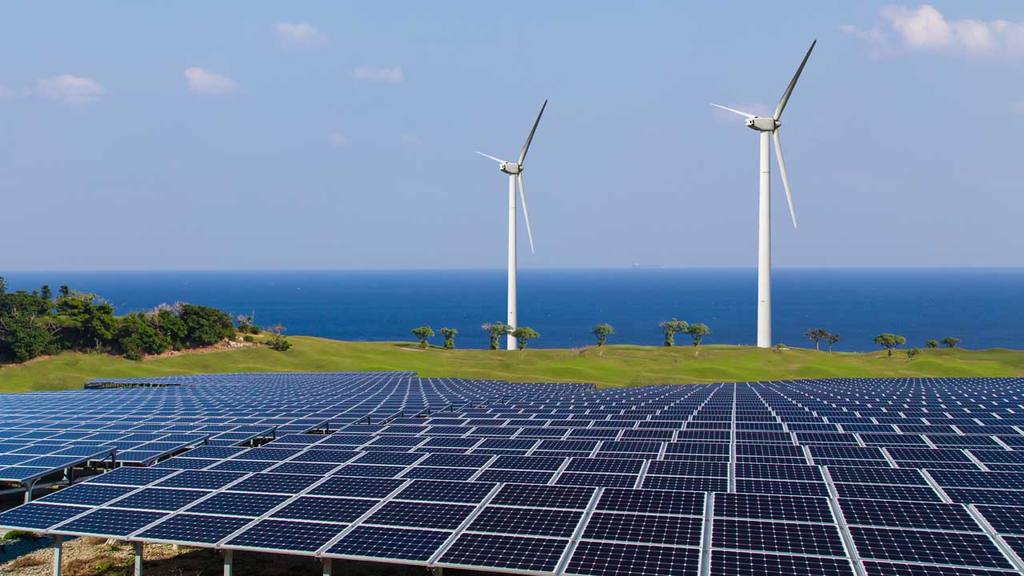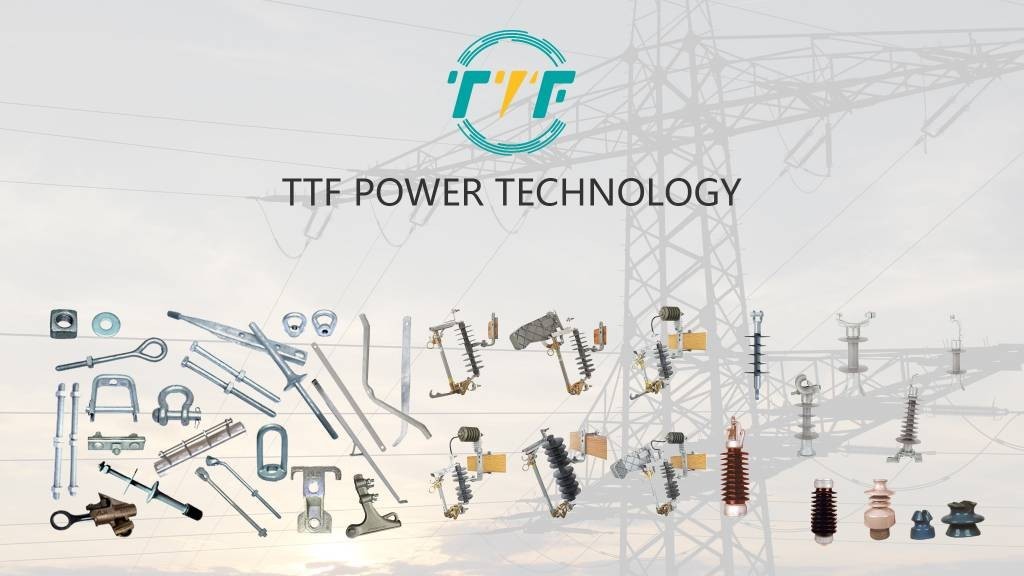
Colombia’s Ministry of Mines and Energy announced a package of 19 measures aimed at unblocking renewable energy projects that face delays. The plan includes the issuance of a new decree on the allocation of grid connection points. These efforts speed up its energy transition, reduce reliance on fossil fuels, and meet climate commitments. Colombia has abundant natural resources, including wind, solar, and hydroelectric power. These resources help reduce dependence on hydropower and reduce reliance on fossil fuels. New wind and solar farms and grid projects will generate jobs in construction, O&M, and manufacturing. Restarting renewables sets off environmental, economic, social, and geographical impacts. Diversified renewable generation reduces risks associated with hydropower droughts or fossil fuel supply disruptions. Also, distributed renewables enable local energy generation and storage to improve reliability in isolated regions. Guy thimbles ensure the stability and reliability of transmission and distribution infrastructure.
A guy thimble is a metal sleeve or loop used in guy wire assemblies to anchor utility poles, transmission towers, and wind turbine masts. They prevent wear and tear on cables by reducing friction at connection points. They distribute mechanical loads to avoid structural failure. Colombia’s major wind projects need sturdy guyed towers to withstand high winds. Guy thimbles ensure that support cables remain intact and prevent tower collapses that could delay projects. New power lines need reliable anchoring systems to connect wind and solar farms to the grid. Guy thimbles help reinforce guyed transmission poles in diverse areas. High-quality guy thimbles reduce maintenance needs and prevent blackouts caused by downed lines.
Guy Thimbles in restarting renewable energy in Colombia.
Guy thimbles are protective hardware components used in tensioned cable systems to support tall structures like transmission line towers, wind turbine masts, and communication antennas in grid monitoring. A guy thimble forms a rounded channel for the cable or wire to loop through, reduce friction, prevent kinks, and distribute tension loads evenly. They are made from galvanized steel to withstand corrosion in harsh environments. Here are the roles of guy thimbles in restarting renewable energy in Colombia.

- Stabilizing wind turbines and grid infrastructure—guy thimbles anchor and stabilize wind measurement towers, temporary support structures, and transmission towers in windy or uneven terrain.
- Resilience in harsh environments—high-grade guy thimbles provide corrosion resistance and ensure longevity of the support systems in these environments. They reduce maintenance costs and increase system uptime.
- Supporting grid expansion—guy thimbles support transmission line construction, substation development, and emergency grid stabilization towers. They help maintain tower integrity across varying terrains.
- Fast deployment—the renewable restarting plan emphasizes speeding up project execution. High-quality guy thimbles allow for faster tower erection, standardized safety compliance, and simplified logistics.
- Local manufacturing and jobs—guy thimbles support industrial development, job creation in steel sectors, and reduced dependence on foreign imports.
Key technologies restarting renewable energy in Colombia
Innovative technologies help ramp up efforts to restart and expand stalled renewable energy projects. These technologies go beyond solar panels and wind turbines. They ensure faster deployment, greater reliability, and deeper integration with Colombia’s energy grid. Guy thimbles support the installation of these technologies. The following are the key technologies helping restart renewable energy in Colombia.

- Energy storage systems—battery storage helps manage the intermittent nature of solar and wind energy. For instance, lithium-ion battery systems stabilize the grid and manage demand spikes, and pumped hydro storage leverages Colombia’s existing hydro infrastructure.
- Advanced wind turbine technologies—stalled wind projects are being revived with next-gen turbines that provide higher hub heights, smart sensors and control systems, and modular designs for easier transport.
- High-efficiency solar PV modules—developers are now using bifacial solar panels that capture sunlight from both sides, tracking systems, and thin-film and perovskite solar cells for high efficiency.
- AI and predictive analysis—artificial intelligence supports energy forecasting for wind and solar generation, grid load balancing, and maintenance optimization. AI-driven platforms are key to managing Colombia’s increasingly decentralized energy system. These also include cybersecurity technologies, including SCADA systems, AI-driven threat detection for grid monitoring, and redundant communication systems.
- Smart grid infrastructure—Colombia must modernize its grid to absorb new renewable energy. This is through smart meters, digital substations for automated switching and remote operation, and flexible demand-response systems to balance energy use and prevent overload.
